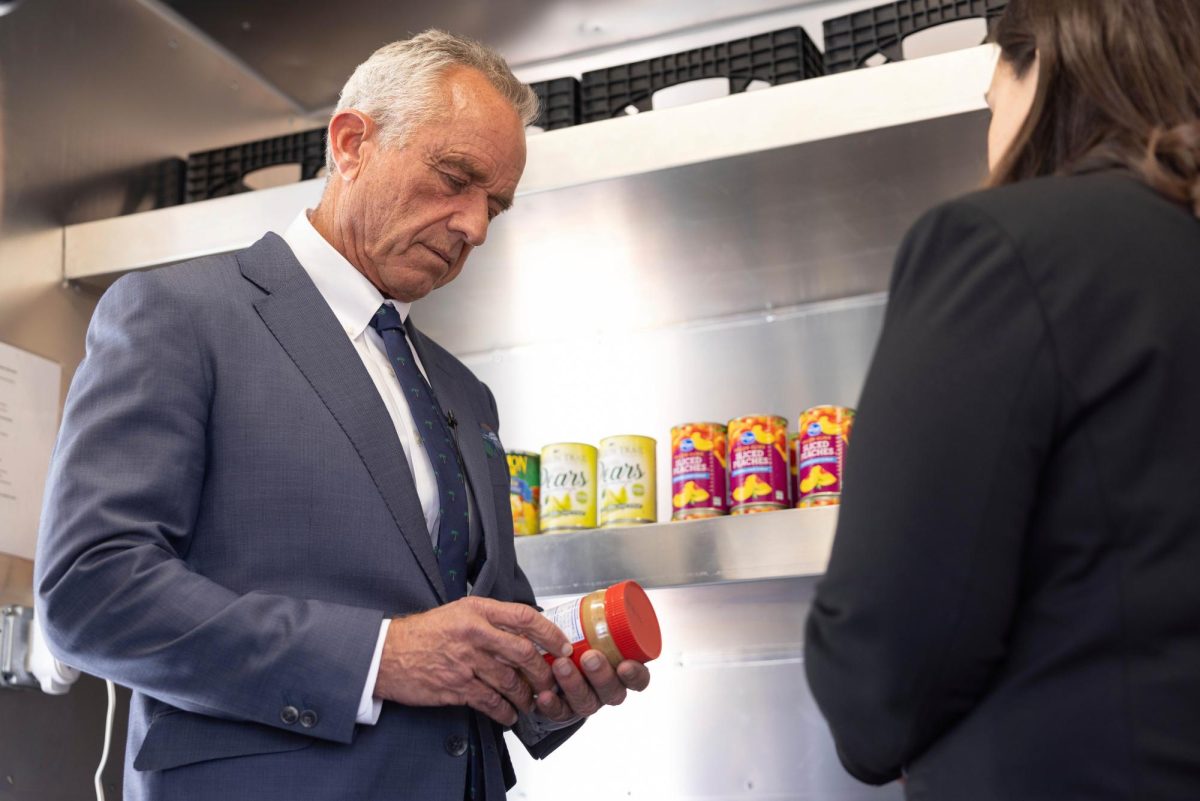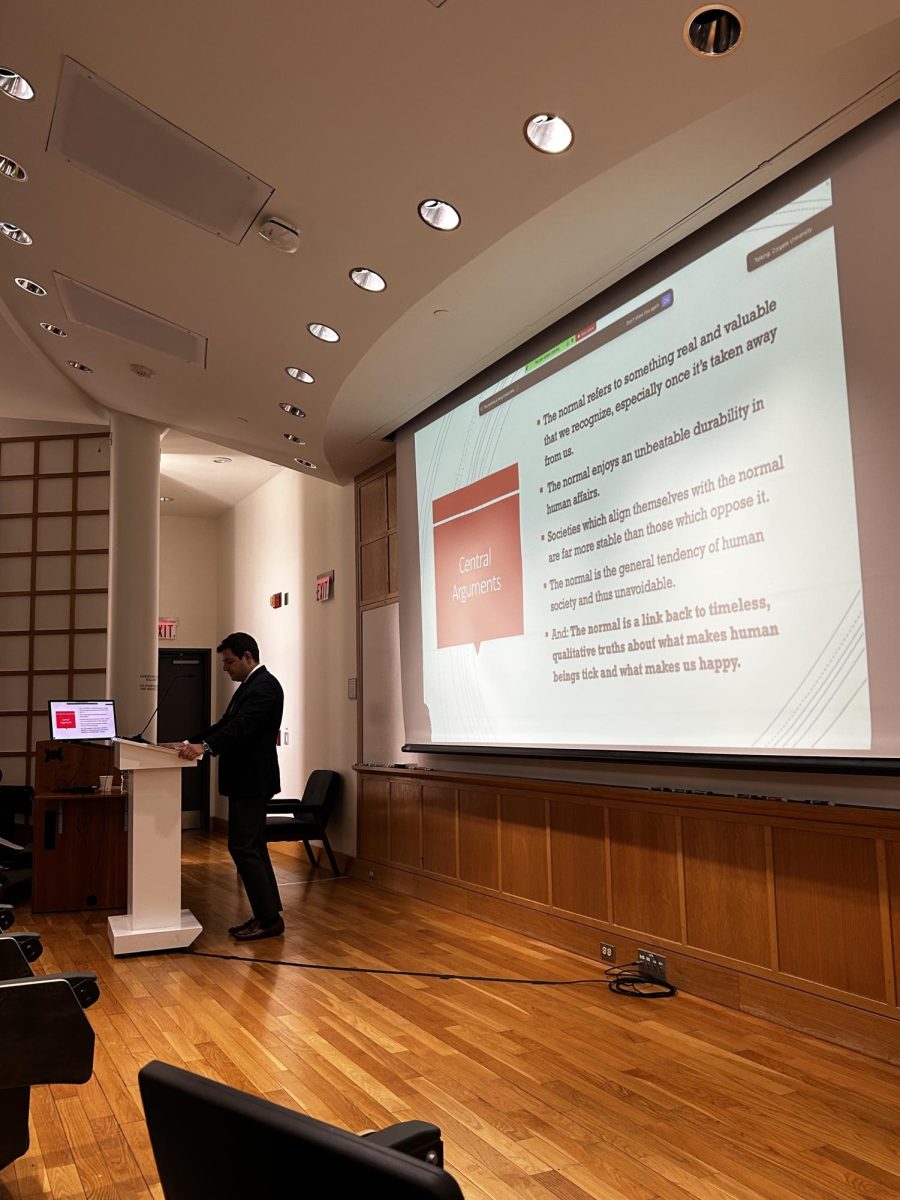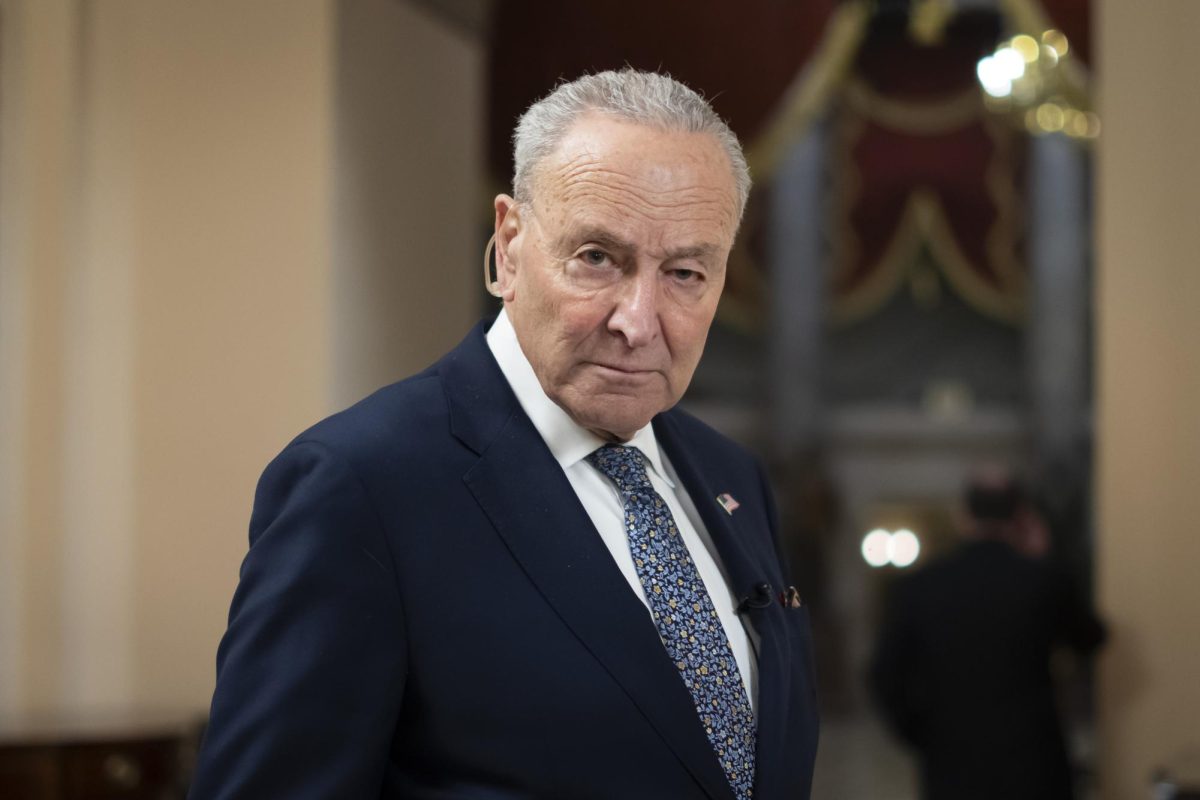While Donald Trump was campaigning for president, he made a promise. Well, he made a lot of promises, but he hammered home one in particular: that he would rescue the economy from “obliteration, and restore it to strength, prosperity, and greatness.”
At that time, consumer spending was at its highest level since January 2023, unemployment remained stable at a healthy 4.1%, and GDP expanded at a rate of 3.2% annually despite elevated interest rates and macroeconomic headwinds. By no means was the economy perfect, but if he considered this to be the brink of obliteration, I was curious to see what plans he had up his sleeve.
In the months since Trump reentered the Oval Office, equipped with his unwavering business savviness and promise to unleash American business to its fullest potential, the economy has seen some changes. U.S. stocks now lag those of China and Europe, Bitcoin has plummeted, mortgage rates reached their lowest levels of the year, consumer confidence reached an eight-month low, egg prices are out of control and aggressive tariffs on our biggest trading partners jeopardize global commerce and spur inflation. If this is what you call strength, prosperity and greatness, then Donald Trump might just be the strongest, most prosperous, and greatest president we’ve ever had.
Inflation has been ticking up over the past few months, fueled by surges in food and energy prices. I would cut him some slack since I assume Trump can’t do too much about a bird flu outbreak (except, maybe, not fire hundreds of employees devoted to preventing its spread). However, our president, always a venerable master in the art of deflection, responded not by taking responsibility and vowing to do everything he can to keep inflation at bay, but by pinning the blame on his go-to political scapegoat, Joe Biden! A man who, famously, is no longer president.
As Trump falls deeper and deeper into his meticulously constructed echo chamber, as Elon Musk’s DOGE dismantles essential government agencies with the restraint of an 8-year-old running around a Williams Sonoma with a baseball bat, as our already strained federal agencies attempt to present some semblance of order and control, I think we are in for an imminent economic response. Trump’s isolationist and inflationary economic policies, like tariffs, immigration restrictions and tax breaks on the ultra-wealthy, on top of an administration incapable of pivoting or admitting wrongdoing, create a shaky foundation for economic growth. Coupled with diminishing returns on the AI trade, which has buoyed stock market gains of the last few years, and an overall sense of foreboding from consumers, these factors might culminate in a “four horsemen” of the economic apocalypse.
Calling for a recession seems to be a quarterly tradition of forecasters and journalists over the past two years, and this could very well be another instance of crying wolf. But this time, something seems fundamentally different. Markets like predictability, and every new day under this administration seems to bring another spin at the roulette wheel. What’s Trump going to do next? Double his already exorbitant 10% tariff on China? Freeze funding on hundreds of federal programs and fire thousands more government employees? Threaten World War III? Count the gold bars at Fort Knox to make sure nobody “stole” them?
I don’t know if we’re heading toward a recession, and if I did know, I’d be on a beach in Cancun raking in my short profits. But what I can say is that the Trumpian ‘throw everything at the wall and see what sticks’ governing model poses a real threat to economic stability. And we’ve already been seeing investor wariness reverberate through the financial markets.
For now, though, try to ignore the noise. Ignore the tweets (“X’s”? X posts?), don’t read every notification you get from your news app and try to stay calm during all of this. And maybe consider buying gold. Just don’t steal it from Fort Knox. I heard they’re going to count it.














